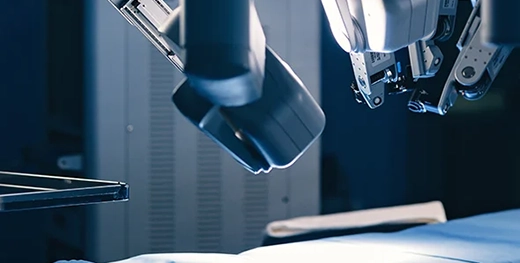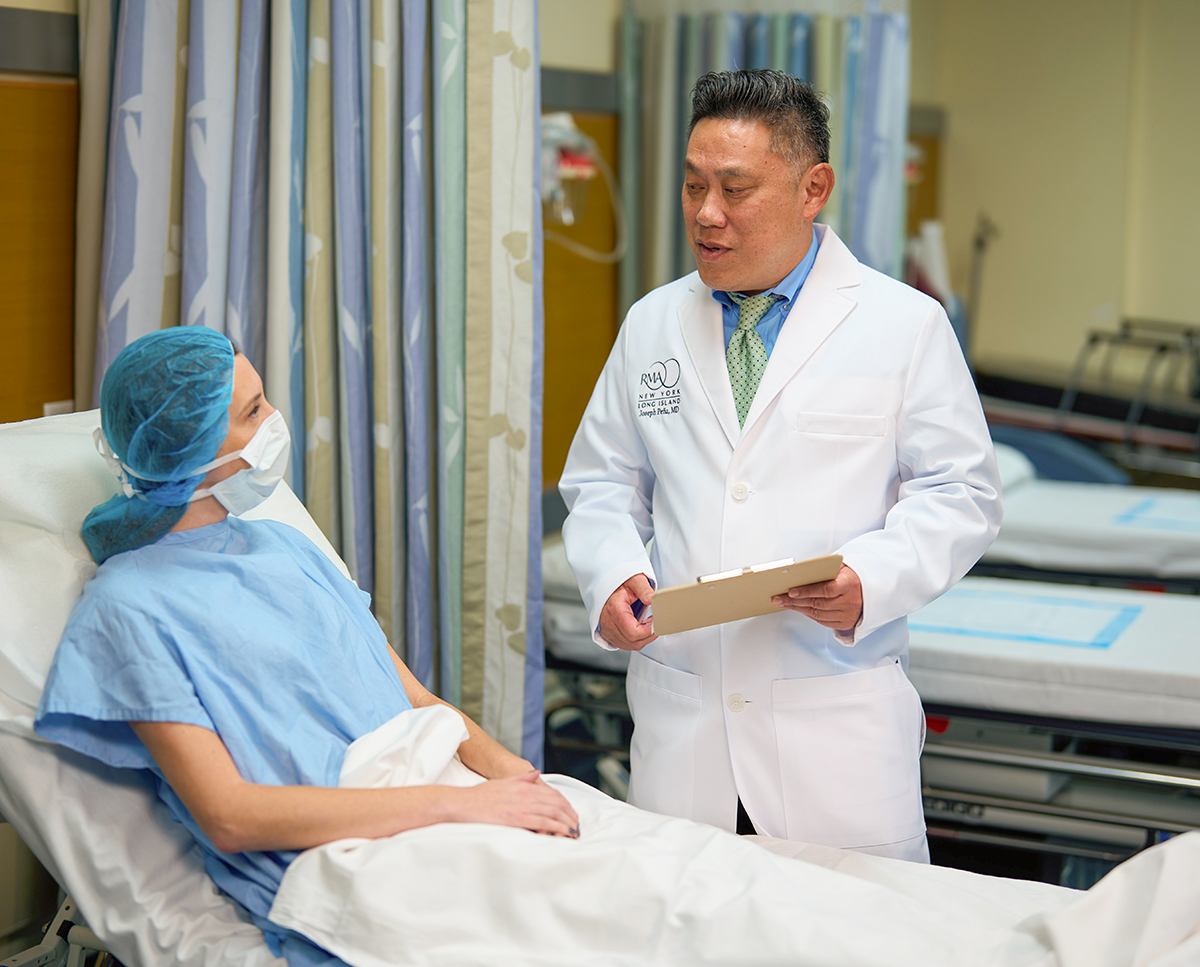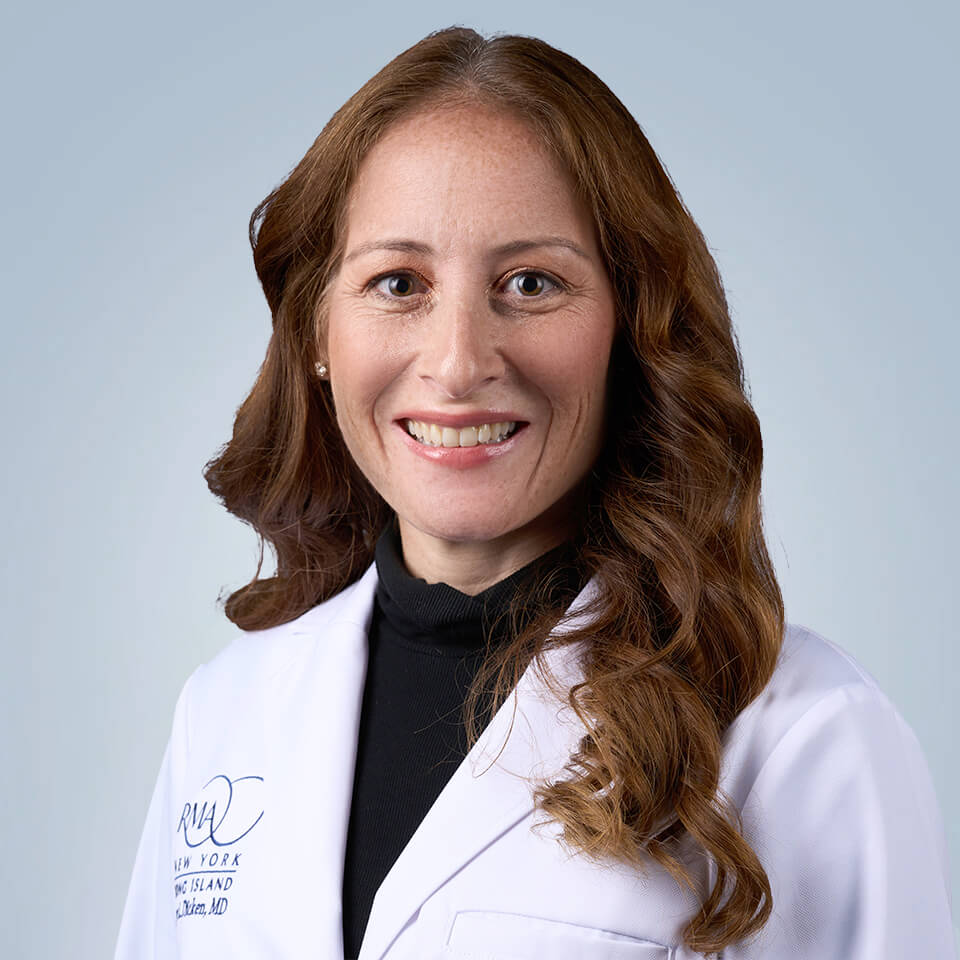
Physical complications affecting fertility can be something a patient is born with, such as abnormal uterine shape in women or obstructed reproductive ducts in men. Conditions can also develop over time, such as fibroids or scarring from endometriosis. Surgical procedures are performed at our ambulatory suite in Melville or in a local hospital setting.
Fertility Surgery for Women
Hysteroscopy
Hysteroscopy is a technique that is used to diagnose or treat conditions inside of the uterus that may be leading to fertility issues. This outpatient procedure involves the insertion of a thin, lighted telescope device called a hysteroscope that goes through the vagina and into the uterus. The hysteroscope transmits the image of your uterus onto a screen. Hysteroscopy can detect or treat conditions, such as:
- Fibroid tumors
- Endometrial polyps
- Intrauterine scar tissue
- A bicornuate uterus or septate uterine malformation
- Other uterine issues
Laparoscopy
This operation involves making a small incision below the navel and inserting a telescope in order to view the contents and condition of your pelvic organs. Laparoscopy can be used to treat abnormal conditions such as endometriosis, pelvic scar tissue, or diseased fallopian tubes. The goal of reproductive surgery is to restore the anatomy to as normal a condition as possible or to remove or block off structures that cannot be repaired (e.g. hydrosalpinx).
Dilation and Curettage (D&C)
During this brief outpatient procedure, the cervix is dilated and a curette instrument (suction aspiration) is used to remove tissue from inside the uterus.
Fertility Surgery for Men
Microsurgical Epididymal Sperm Aspiration (MESA)
During a MESA procedure, a small incision is made in the scrotum. The seminal fluid (semen) is aspirated from the epididymis (duct behind the testes) using an operating microscope.
Testicular Sperm Extraction (TESE)
Microsurgical TESE requires retrieval of a small piece of testicular tissue and is usually performed in patients lacking sperm production.
Both the MESA and TESE procedures are generally performed around the time that the woman’s eggs are retrieved during an IVF cycle. They are minimally invasive with a short recovery period.

Why RMA of New York – Long Island: Fertility Surgery
Since 1988, RMA of New York – Long Island has provided fertility patients throughout Nassau and Suffolk Counties with advanced, high-level fertility care, including fertility surgery. Our unique approach to infertility care is firmly rooted in creating an individualized experience for each patient using the safest and most effective technologies available, all with the convenience of being a local, neighborhood practice. When you walk into one of our fertility clinics, you can expect to work with a compassionate staff that is dedicated to guiding you along your family-building path.
Visit us at one of our six convenient locations on Long Island or request a free consultation and take the first step towards growing your family.
Get Started
It’s never too early to learn about your fertility and reproductive options.
Have questions? We can help.
Patient-centric reproductive medicine is our specialty, and we look forward to answering any questions you may have.








